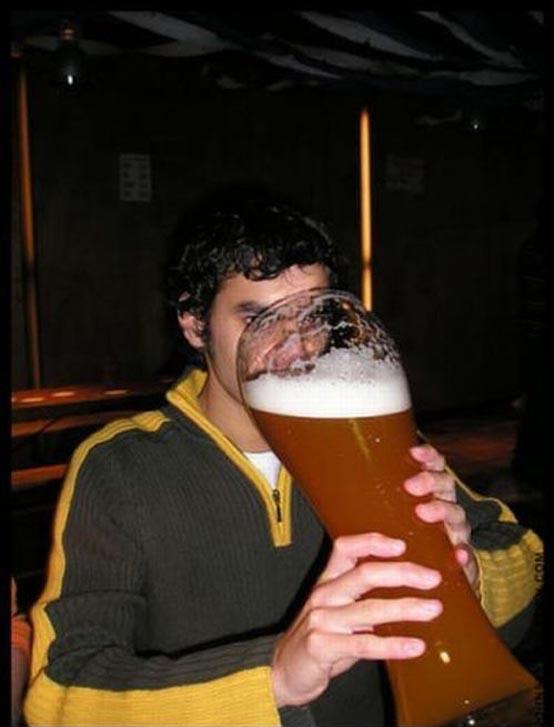Let hit Homebrewing Without Failure again (1965 homebrewing guide):
Realizing that the recipes are two gallon recipes makes it even moe scary when you see stuff like two pounds of sugar or two pounds of patent malt.
-He's recommending citric acid in a "Light Mild Aie." Is that done?
-Tea in a "Pale Bitter." I've thought about using tea in beer but recommending it in a basic extract recipe for newbies seems a bit strange.
-For the extract stouts the only coloring is coming from caramelized DME, brown sugar and treacle. But don't worry, there's be plenty of dark grains once we hit the all grain recipes.
-Here he's recommending a 15 minute boil for the hops, which is better than the 1 minute boil he recommended before.
-The "Light Lager" has no mention of using different yeast and ferments at the same temperature as the ales.
-The "Continental Dark Beer" uses gravy browning for coloring.
-Finally the Brown Ale calls for dark DME, weird he didn't use that for any of the other beers. Recommends putting liquorice in the brown ale.
And that's the end of the extract brewing chapter, next week is All Grain.
Let's analyze what these recipes get us...
So many of them call for caramelized DME which I can't enter into the Beer Recipe Calculator so let's go with the pale bitter and ignore the tea and the citric acid:
I'm using some standard Safale English ale yeast and assuming the hops are fuggles since there's no information about strain.
Results:
Original gravity: 1.098 Final Gravity: 1.024 ABV: 9.6% IBU: 55.38 SRM: 11.65
Woof, now that is a beer. He also recommends bottling when the hydrometer hits 1.005, which might be a problem. A 15 minute boil of old school hops doesn't sound like much but I guess using 4 ounces in a two gallon recipe makes up for that.
Any brave soul want to brew a 2 gallon batch with:
2.5 lb DME, 4 oz hops (15 minute boil), 2 lb brown sugar, 2 pints fresh strong tea, teaspoon citric acid, teaspoon salt, yeast and nutrient. Come on! It'll be for history!
Meanwhile his "super strong ale" clocks in at 12% ABV. I'm surprised he has yeast that can handle stuff like 2.5 pounds of brown sugar in a two gallon batch.
Tune in next time for his far crazier AG recipes.




















































![Craft A Brew - Safale S-04 Dry Yeast - Fermentis - English Ale Dry Yeast - For English and American Ales and Hard Apple Ciders - Ingredients for Home Brewing - Beer Making Supplies - [1 Pack]](https://m.media-amazon.com/images/I/41fVGNh6JfL._SL500_.jpg)







